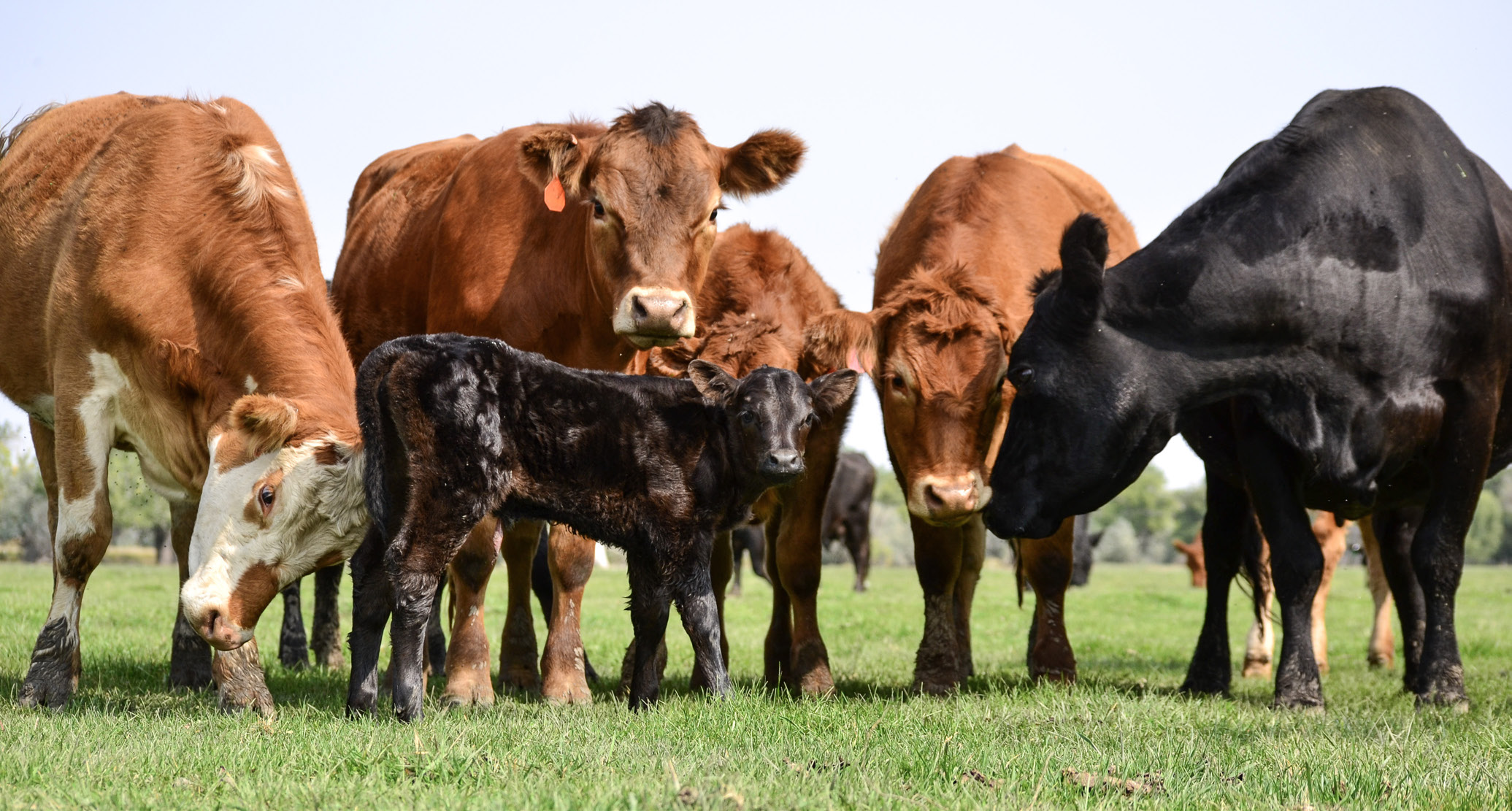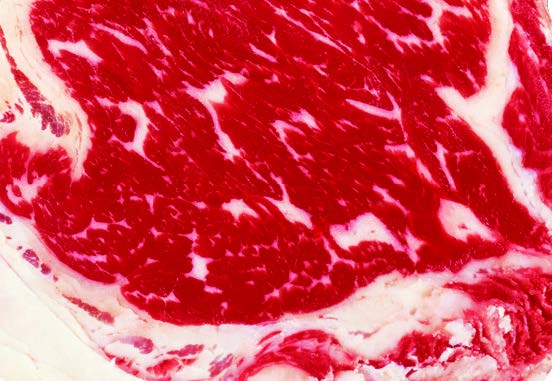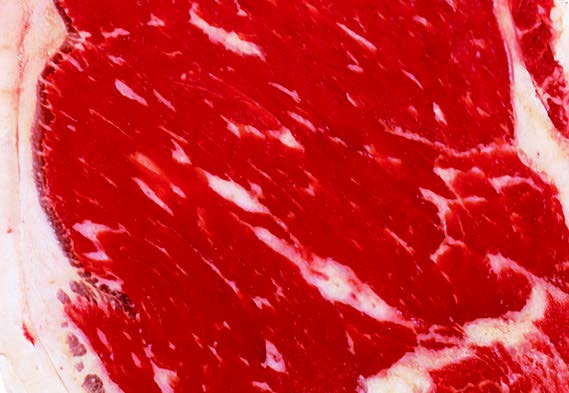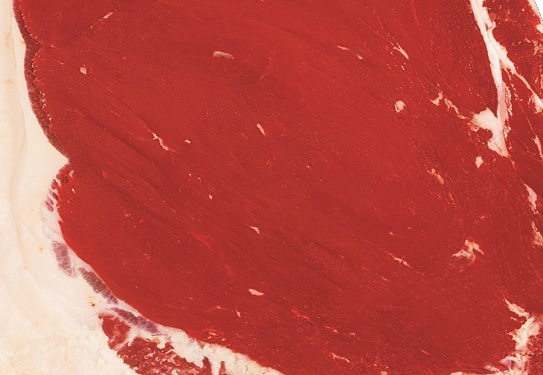How to Choose Beef: Consumer Choices and Meat Grading
Purchasing beef at the meat counter can be a daunting task if you’re new to the terminology. The first step in choosing meat is to match the cooking method to the cut of meat.
Some meat cuts are better for grilling, slow cooking, or braising. Most research in the meat industry is done on the rib muscle between the 12th and 13th rib, where information on meat quality is calculated to determine U.S. Department of Agriculture (USDA) beef grades.
All meat is inspected for health, sanitation and proper labeling in the United States, but only some is graded. Graded meat helps consumers choose to buy a consistent product. A beef carcass is graded based on palatability using tenderness, juiciness, and flavor scores, as well as a yield calculation based on cutability, or amount of meat vs. fat. USDA meat grading evaluates the amount of marbling or intramuscular fat, maturity, color, and texture.
The USDA grades beef as Prime, Choice, Select, and Standard for animals between 9-30 months of age. Prime carcasses have the highest value and fewer than five percent usually reach this classification. Most carcasses are Choice or Select and what is generally sold at a meat counter. Beef aficionados often look for a cherry-red color and consistent marbling of fat through the meat. Eating experiences can be greatly enhanced by understanding beef grading and making informed cooking choices.
For additional information about beef, visit www.ams.usda.gov/grades-standards/beef.
| 10 Common Cuts | Cooking Method |
| T-Bone | Grill/Pan Fry |
| Rib Steak | Grill/Pan Fry |
| Sirloin Steak | Grill/Pan Fry |
| Flat Iron Steak | Grill/Pan Fry |
| Flank Steak | Marinate/Grill |
| Tri-tip | Grill/Roast |
| Brisket | Braise |
| Prime Rib | Roast |
| Chuck Roast | Braise/Roast |
| Rump Roast | Braise/Roast |
Table showing ten common beef cuts paired with their preferred cooking method.
BEEF GRADES

Photo: Inga Hawbaker, MSU Extension
The USDA grade shields are regarded as symbols of high-quality American beef. Quality grades are widely used as a measurable “language” within the beef industry, making business transactions easier and providing a vital link for beef producers.

Prime beef is produced from young, well-fed beef cattle. It has at least slightly abundant marbling (the amount of fat interspersed with lean meat), and is generally sold in upscale restaurants.

Choice beef is high quality, but has less marbling than Prime. It has at least a small amount of marbling.

Select beef is very uniform in quality and normally leaner than higher grades. It is fairly tender, but because it has less marbling, it may lack some of the juiciness and flavor of higher grades. It has at least a slight amount of marbling.
Standard and Commercial grades of beef may be sold as ungraded or as store brand meat. More mature animals, older than 30 months, usually make up Commercial, Utility, Cutter, and Canner grades of beef, which are seldom, if ever, sold at retail. Instead they are used to make ground beef and processed products.
Wendy Becker is the MSU Extension Agriculture and Natural Resources and 4-H agent in Roosevelt County.
